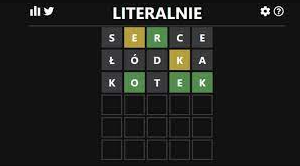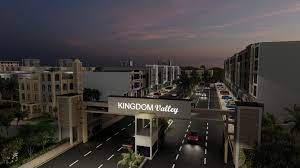Mumbai’s real estate market has long been a tale of towering ambitions, multi-crore transactions, and names that dominate headlines. But while the spotlight often lands on large-scale developers with pan-India presence, a quieter shift is reshaping the way homes and spaces are imagined and built. Boutique developers are carving out a niche, bringing with them a distinct mix of personalisation, design sensitivity, and long-term value creation that’s finding growing favour in the city’s most sought-after addresses.
In this blog, we explore why boutique developers are thriving in Mumbai’s real estate scene and what sets them apart in a market historically ruled by scale.
Hyper-Focused Approach to Location
Unlike larger organisations that seek projects across a number of cities, a boutique developer will tend to focus on micro-markets, be it leafy stretches in Bandra, the sea-view pockets of Versova or the heritage lanes of South Mumbai.
Due to their closer knowledge of specific neighbourhoods, boutique developers often have better sensitivity to local architecture, culture and lifestyles. This focus enables them to:
- Build products that match the character of the sites
- Create bespoke plans for their developments, with layouts compatible with the twinned demographics that they know typically reside in these types of areas;
- It is easier to assess the local rules and regulations and make use of them in the method or the timescale to execute them.
Personalisation as a Core Offering
An appealing part of boutique development is the attention to detail. While larger developments are focused on inventory and turnover, boutique players have the capacity to offer customisation, not only in terms of interiors but also in terms of space, amenities, and finishings. This resonates well with discerning homebuyers of Mumbai, who are often looking to create their own unique identity within their residences.
Also Read: The Impact of Global Trends on Mumbai’s Luxury Real Estate Market
Moreover, the smaller scale of such projects often allows the developer to remain personally involved, ensuring better quality control and a more transparent communication channel with buyers.
Premium Over Quantity
It’s no wonder that increasing numbers of luxury purchasers are looking to boutique developments. A 10-storey building with only 12 units on Altamount Road may attract more serious, long-term residents than a building with 200 units.
Buyers are willing to pay more, not for the extras and garnishments, but instead for privacy, exclusivity, and design. Some of the key factors associated with limited inventory are:
- Strong resale possibilities, because there are fewer units to choose from.
- Low-density living is important.
- Accountability for shared space. Smaller societies will generally be able to keep track of and manage some common area planned upkeep and aesthetics.
Aesthetic-Led Development
Some boutique developers have been quietly shaping Mumbai’s high-end residential story for years. Bhojwani Builders, headed by Samir Bhojwani, for instance, has consistently focused on small-scale luxury projects across South Mumbai and the western suburbs. By not spreading too thin, such developers are able to deliver value through design fidelity, location strength, and operational agility.
A prime example of this subtle yet impactful development approach can be seen in the recent purchase of an apartment by Monish M Darda, co-founder and CTO of Icertis. He acquired a property at Versova for Rs 37.98 crore, situated on the 12th floor of the Vartamaan building, formerly known as Mannat, on the Juhu-Versova Link Road.
Also Read: Juhu-Versova Link Road: Mumbai’s New Millionaire Mile?
Although not widely publicised, this style of development has resulted in loyal clientele and steady interest from HNIs and industry insiders. The approach emphasises quality over visibility, a trait more buyers are beginning to appreciate in an oversaturated market.
Adaptive and Agile
The real estate context in Mumbai is complicated. The numerous regulatory changes, local handcuffs, and fluctuations in buyer sentiment call for an adaptive environment. Boutique developers are often more agile in their overall decision-making, whether it may be getting a new DCPR or moderating their product based on demand, but more importantly, they are able to adapt quickly to whatever changes suddenly come their way.
This can lend itself to a competitive edge, especially in places such as Khar East or Chembur, where redevelopment in real estate can occur quickly and consumer demands can change overnight.
Thoughts
As Mumbai transforms from just a conventional real estate market dependent on location to one dependent on experience through boutique developers, we will see further evolution in how people want to live. It’s going less from towers to homes with soul; spaces reflective of identity, design awareness, and durability.
Even if we all still read about the next record-breaking penthouse sale, there is a much more understated and meaningful movement in the real estate context led by boutique projects; a movement back to thoughtful living in urban spaces.



























